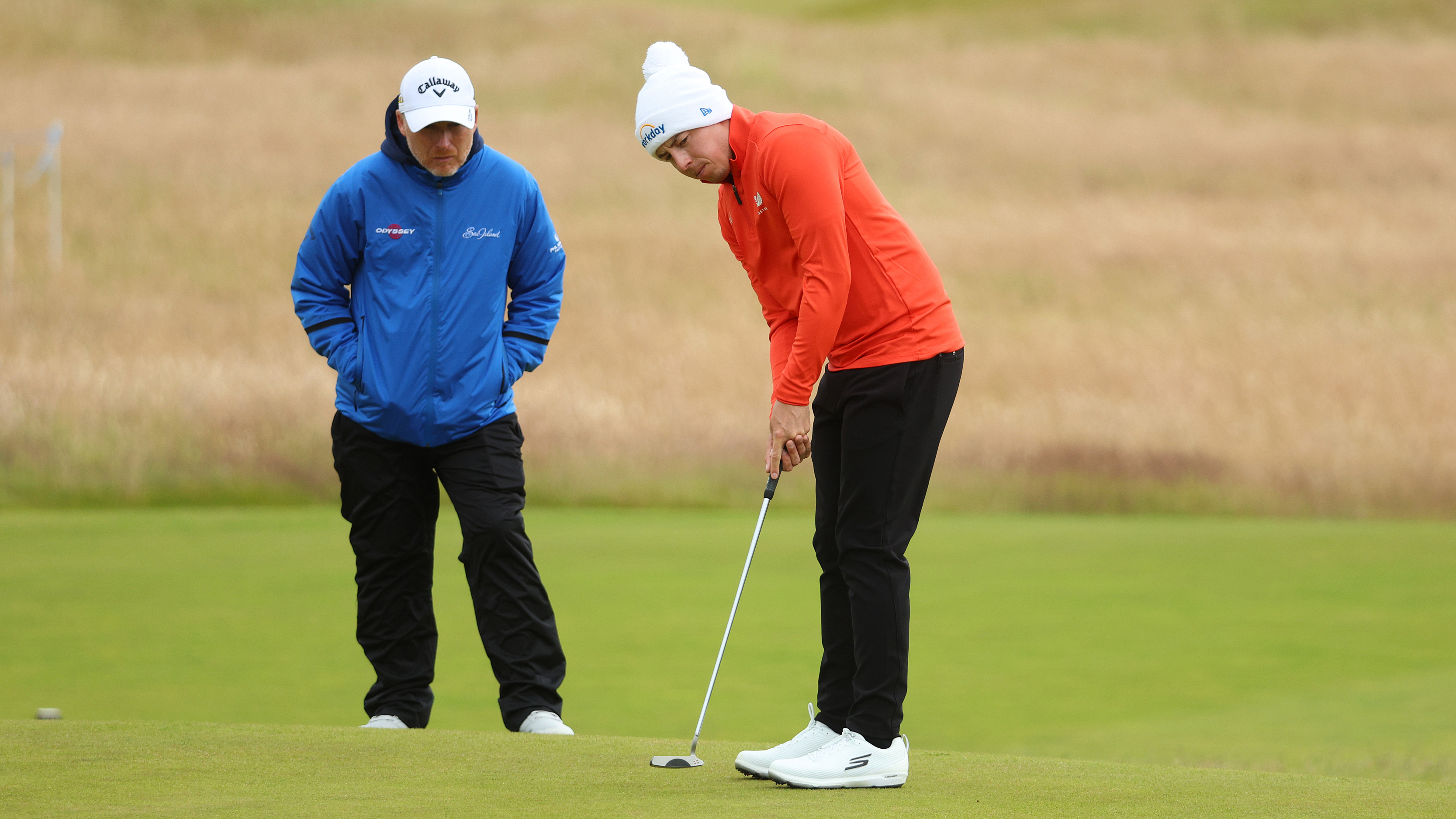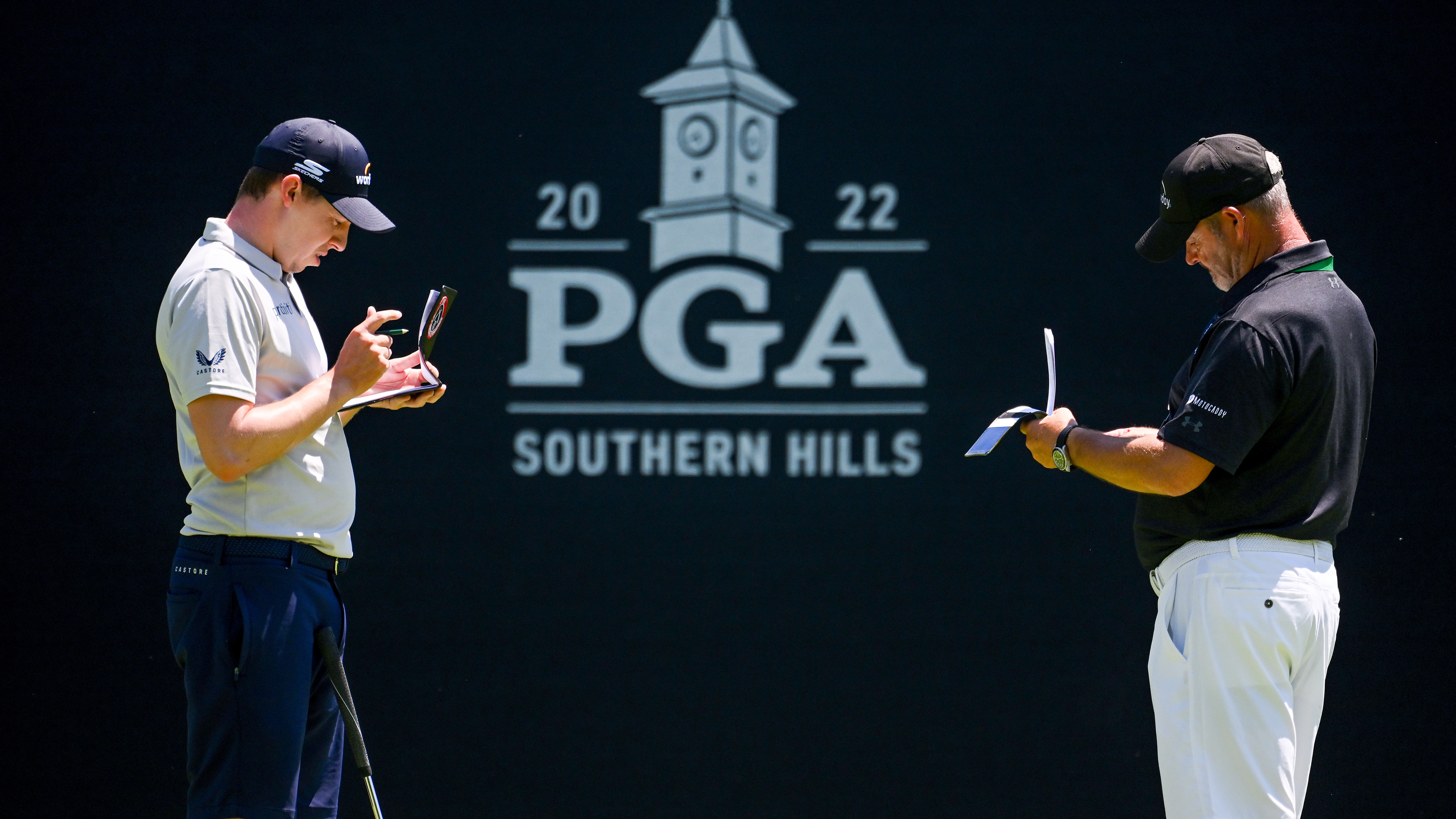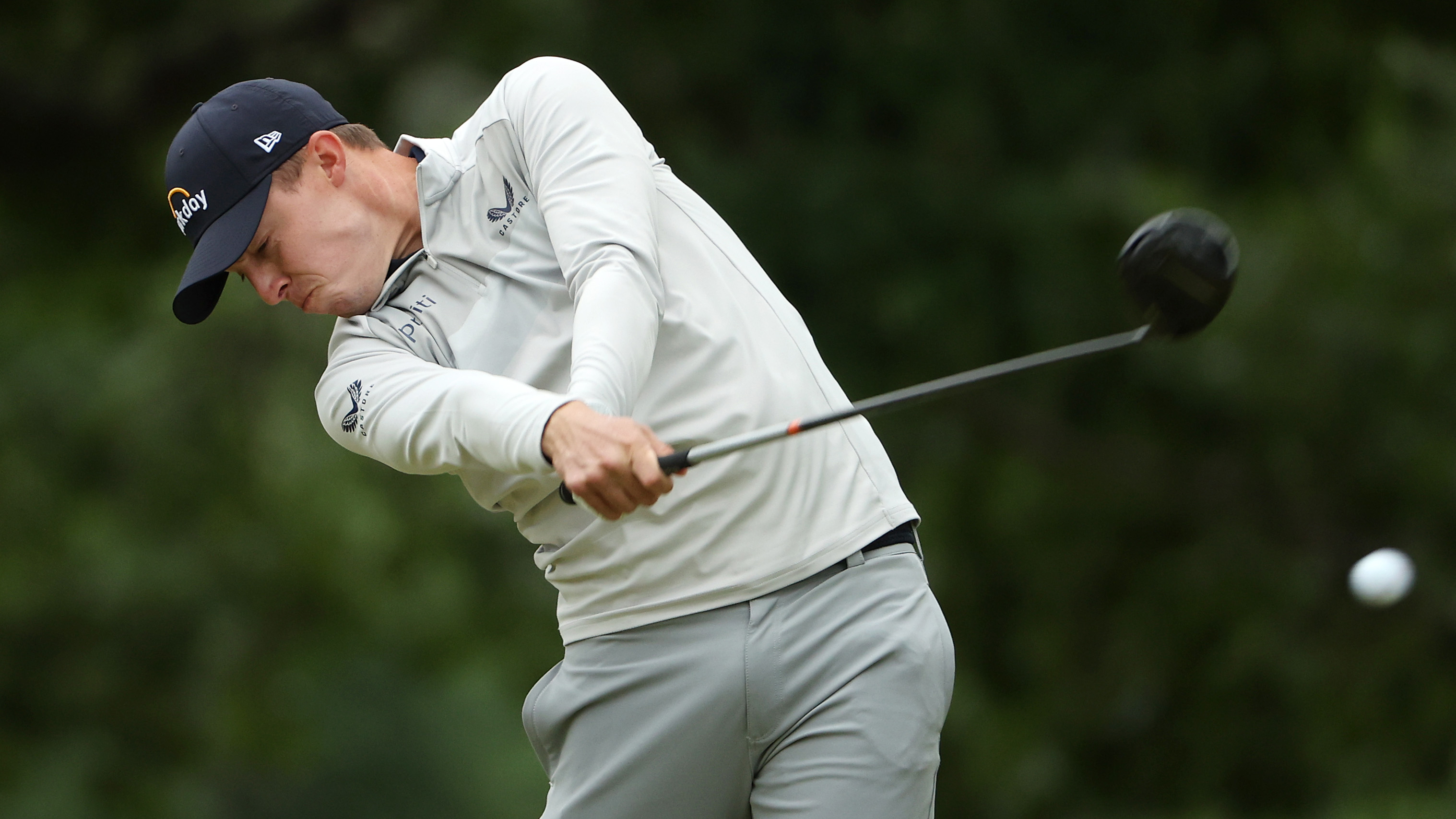Matt Fitzpatrick - The Making Of A Major Champion
We spoke to the Englishman about what it takes to become a Major champion


Matt Fitzpatrick’s rise to the Major winners’ circle has been a story of hard work and meticulous preparation. The 27-year-old is famed for leaving no stone unturned and this approach paid off spectacularly with his stunning US Open victory at Brookline in June.
In his relentless quest to improve, Matt has gathered together a formidable team, which includes some of the best coaches in the business. We spoke to the man himself about what he does in practice which sets him apart from the rest.
1. What does a typical day of practice look like?
It varies from week to week. My performance coach, Steve Robinson, looks at the practice data and performance data that we’ve got and the statistics where I need to improve. There’s also feedback from my coaches (Phil Kenyon, Mike Walker and Pete Cowen) and from my caddie, Billy [Foster]. Steve takes all this into account and then puts a plan together for the week. I’ll agree and maybe say I want to do a bit of this and a bit of that, but on the whole it’s Steve that controls it.

Renowned putting guru Phil Kenyon with Fitzpatrick at the 2022 Scottish Open
A typical day would start with a bit of putting, a couple of drills, then some short game, then approach play, and then I might go on the course with a target to achieve, whether it’s score related or certain things I must avoid. It will vary, though. I tell people all the time, it’s like spinning plates: you work hard on your driving and then your putting disappears. You’ve just got to balance it out.
2. Do you have a favourite drill?
There’s one that I really enjoy – it’s called the ‘five foot median drill’. It’s a holing out drill. How many attempts does it take to hole eight different five-foot putts consecutively? The target is ten or less. It’s all about hitting a small number of putts with intensity and focus with a target goal.
3. How often do you see your coaches?
I base myself at The Bear’s Club in Florida. I’ll see Steve four times a year, although we’re trying to do more. He doesn’t coach me on the technical side; Steve is purely involved with performance and challenges. I’ll see Mike pretty much every week at tournaments, and we’ll try to do a few more weeks over the course of the season; it’s the same with Phil. My trainer, Matt, does 20 weeks a year with me, some at tournaments and some during weeks off.
In the past, I’ve had everyone with me at a certain practice week and it’s just too much; there are too many things going on and it just becomes a bit too intense! We’re just trying to find that balance where Steve comes in one week and my trainer is there at the same time, and then Mike comes in.
Subscribe to the Golf Monthly newsletter to stay up to date with all the latest tour news, equipment news, reviews, head-to-heads and buyer’s guides from our team of experienced experts.
4. You record most of your shots in practice. Is the idea that every shot has a purpose?
It varies a lot given the tasks I’m asked to do in the day. I’d say that I tend to hit approximately 200 balls in a day and that’s including chipping and putting – so balls I’m actually hitting, about 100. It’s about being as efficient as you can with your time. There are times where players do waste balls. I’ve done it myself in the past and I’ve learnt to change that and become more efficient with my time so I can get the most out of my day.

Even when practising, Matt records every shot he hits
5. How did you come across The Stack?
Mike and Phil knew of Sasho [Dr MacKenzie] with him being a biomechanist and his knowledge of forces and torques. At first we were looking at technique changes to improve my distance, and when he came to visit a second time to do some work, he brought The Stack. He gave it to me and said I was the first person to use it, so I went hard at it from the end of 2020 right through to the summer of 2021.
6. What’s been the result distance-wise?
The last time I looked in Canada [start of June], I was at 119mph club speed, and I want to say about 178mph ball speed. Two or three years ago, I was around 112mph club speed. It translates to about 2.5 yards per mph, so somewhere between 15 to 20 yards, which is good.
7. Would you regard yourself as a big hitter now?
A lot of people still say that I’m not, but they obviously don’t watch the golf, I guess! I feel like I’ve slowly been getting longer and longer. For me, it’s a case of keep doing what I’m doing, just slowly getting longer. It doesn’t matter to me whether people notice. I’m just bothered about getting better myself.

Fitzpatrick made his extra length off the tee count this season as he bagged a maiden Major title
8. Have your distance gains ever affected your accuracy?
No, because we didn’t change my swing pattern. All it did was change my swing speed. We weren’t changing the movement itself. I was just learning to swing faster and having my body cope with that. I use the analogy of going to the gym: you start with a 5kg and then you move to 6, 7, 8, 9, 10, and that’s exactly what it’s like.
9. Has your diet changed as a result of your gym workouts?
Since last July, I’ve been using I a company called INTRA Performance Group. I wanted to learn a bit more about myself – what was good, what was bad. You might think it sounds obvious, but what I actually found was that I wasn’t eating enough. I thought I was eating too much, but I wasn’t necessarily eating enough of the right things.
It’s helped me on the golf course a lot, and it’s taught me how to organise my time and plan ahead with food. Weeks off used to involve carbohydrates at breakfast, lunch and dinner, and I just don’t need those. I wasn’t doing enough in the week to use that energy and it would just get stored as fat. The only carbs I have now in off weeks is at lunch. I’m not perfect. My manager will attest to the fact that I like a desert or two, but it’s about balance!
I had a sip of champagne [after the US Open], but I hadn’t eaten all day, so I knew what would happen if I had a drink. I had a few the back end of the week after when things were a bit calmer, but I’m not really a drinker.

Michael has been with Golf Monthly since 2008. A multimedia journalist, he has also worked for The Football Association, where he created content to support the England football team, The FA Cup, London 2012, and FA Women's Super League. As content editor at Foremost Golf, Michael worked closely with golf's biggest equipment manufacturers and has developed an in-depth knowledge of this side of the industry. He's a regular contributor, covering instruction, equipment, travel and feature content. Michael has interviewed many of the game's biggest stars, including seven World No.1s, and has attended and reported on numerous Major Championships and Ryder Cups around the world. He's a member of Formby Golf Club in Merseyside, UK.